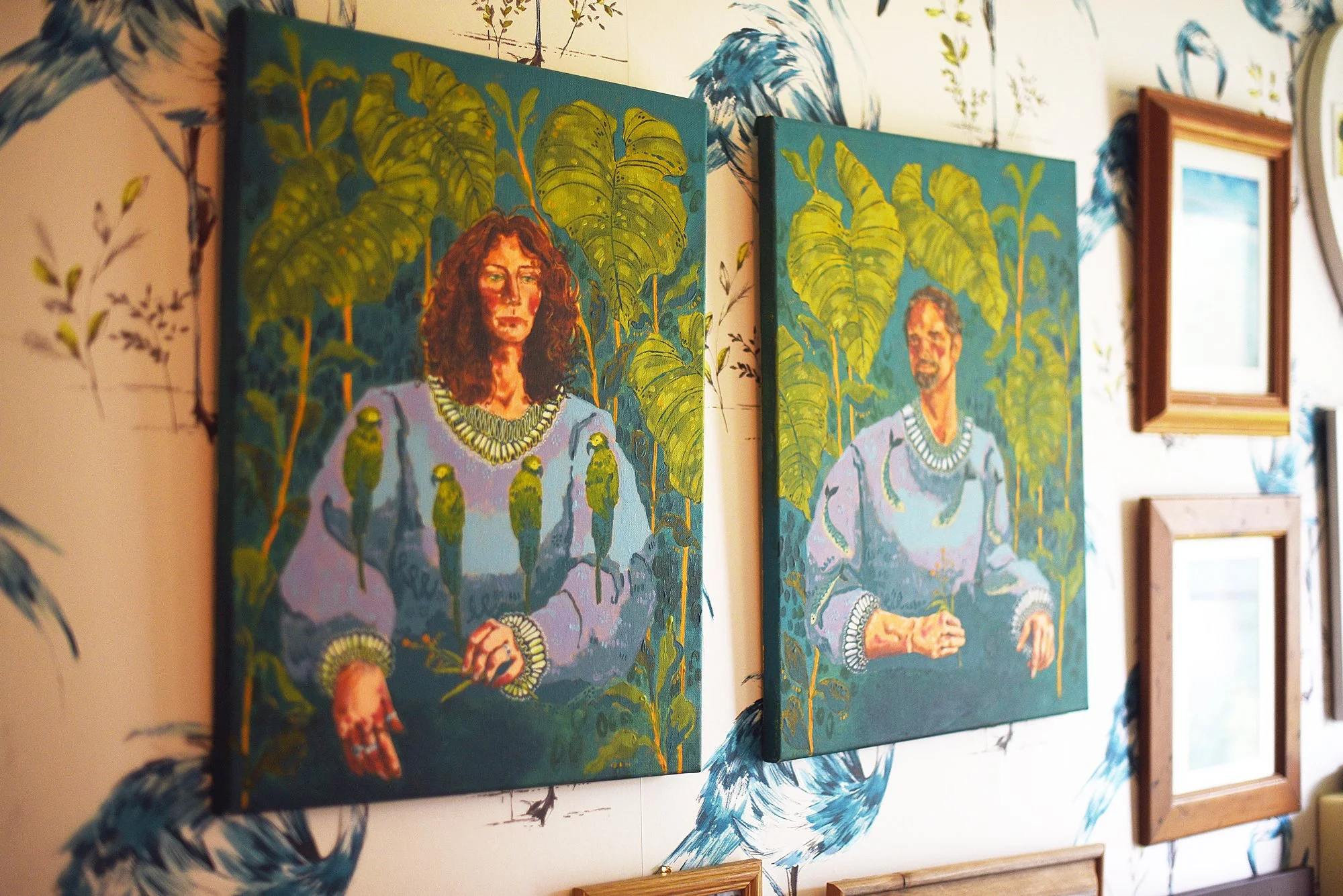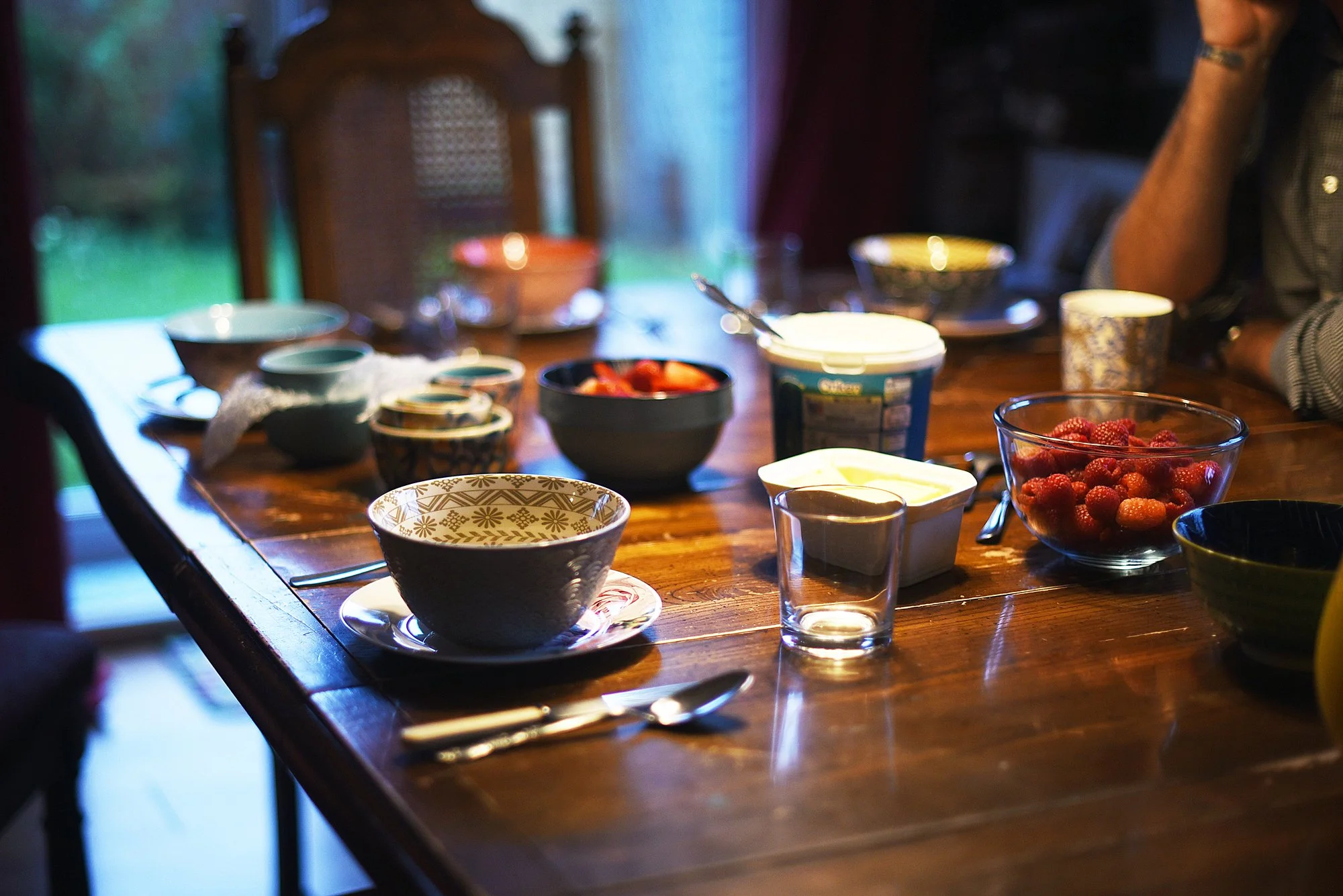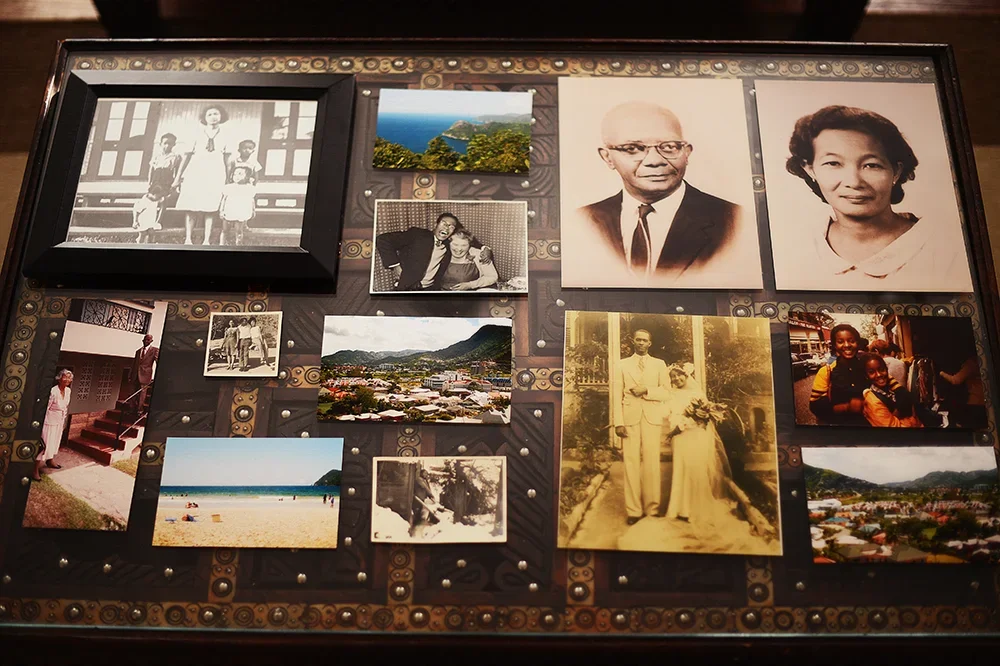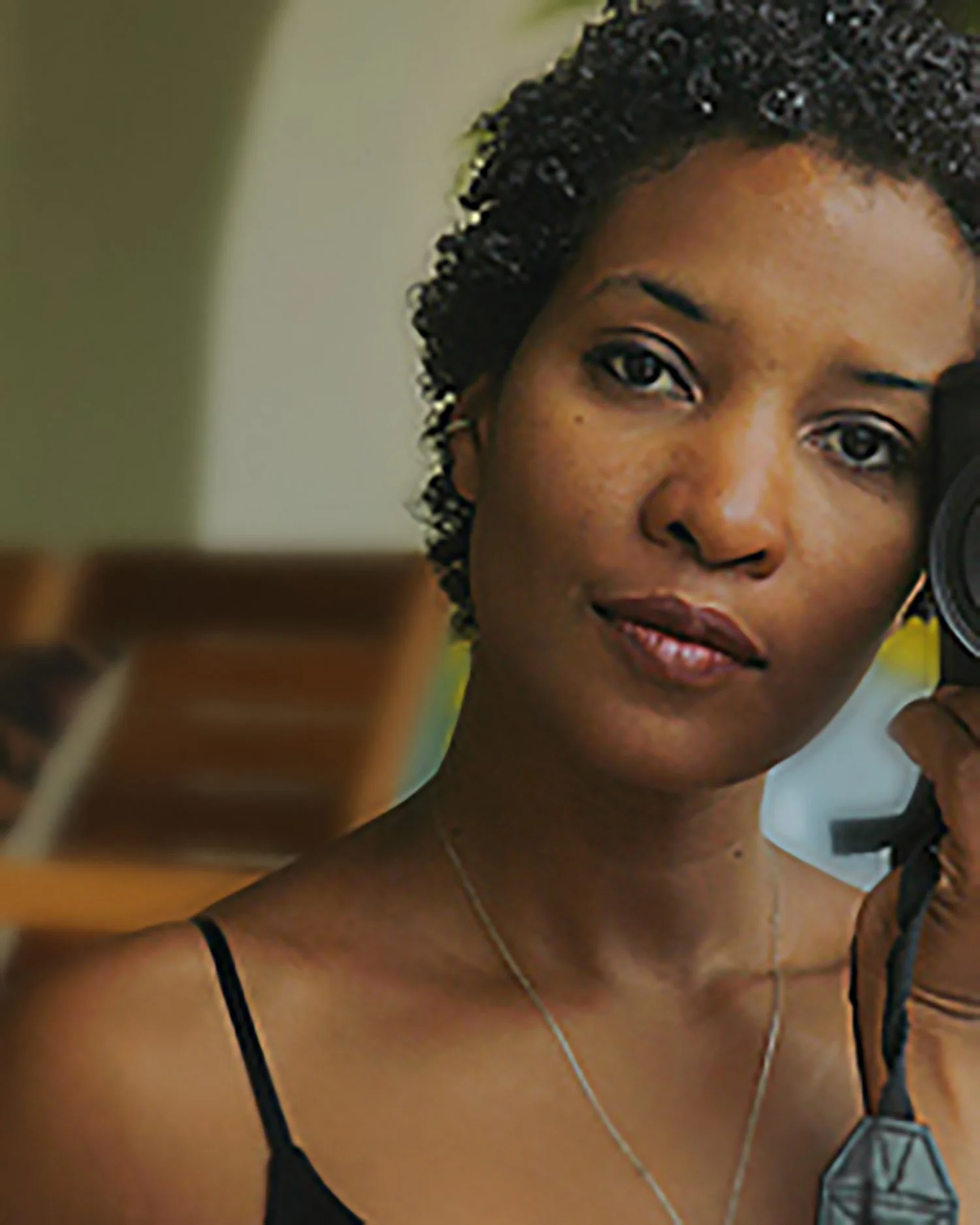on empathy and kindness in our work and spaces
I’ve always been drawn to design: I was one of those kids who, every two or three months, would rearrange my bedroom, experimenting with how the room felt. I don’t know that I have any design taste — truly — but I have very definite opinions about what it takes to make a room feel right. (My daughter makes fun of the way I’m constantly saying “Pools of light! We need more pools of light!” but she won’t deny that her apartment bedrooms are often the coziest.)
So needless to say, when I stumbled upon the Netflix docuseries Abstract a few years ago, I devoured it. Each episode of the series is a mini-documentary of a designer who you may never have heard of, but you’re likely familiar with their work — like the person who came up with the Tiffany jewelry store logo, or a car designer. But the episode I most loved was about interior designer Ilse Crawford. In fact, I would say it completely changed the way I do my work.
At the risk of sharing too many spoilers, the episode starts with Crawford sort of scoffing at the idea that interior design is about making a room pretty. Instead, she says, “empathy is the cornerstone of design” — that a good designer interrogates how the client wants people to feel in the particular space she’s working on, really understanding what that feels like, and only then, using her expertise in colour and materials to create the space that reflects that feeling. Design critic Alice Rawsthorn describes Crawford’s mission as wanting to “imbue people with a sense of wellbeing, empowerment and gentle joyfulness.” Isn’t that lovely? The episode ends with Crawford remarking: “My fundamental hope, really, is that everybody starts to think in terms of putting people first — and that’s something that can be done on an individual basis.”
When I first watched this episode, I experimented with this idea in creating the book proposal for The Lightmaker’s Manifesto: how did I want the publisher to feel when the proposal was in front of them? I literally wrote in my journal a list of the emotions I wanted them to experience, and then I created my proposal in an attempt to make those feelings happen.
I don’t know if I succeeded in getting them to feel the emotions I listed, but I did get the book deal.
So I agree with Crawford: I just think there’s magic to putting other people first, in everything we do. Even when it has nothing to do with interior design. It makes people feel welcome. It feels kind.
Another example: we’re just back from being in England, and while there, we had the opportunity to visit Marcus’s mom and sister Kate and her family in Cornwall for a whirlwind trip. Kate, her husband and her kids are all artists, and every single time I visit them, I get unreasonably excited about seeing her home because it is the most creative, colourful, zany, beautiful home I’ve ever seen. Everywhere you look, there are delights.
Like the original art their daughter Keziah did of her parents that reminds me of the work of artist Kehinde Wiley (she also made the beautiful bowls that are at the top of this post!):
And the way that the table is laid for breakfast with completely mismatched china, filled with yummy foods:
Or the steps on their wooden staircase that are painted green (green!) and complete with brass cat finial with a flowerpot and coloured string lights:
Or the bright colourful wallpaper in almost every room, and the way favourite photographs are strung on garlands.
The morning we left, I remarked to Kate: “You know, I know that you decorate this way because you love it, but I have to say, it also feels like you decorate this way for people who come into your home. Visiting your house is such a sensory experience. I’m so grateful for it every time I come. It feels kind.”
“Thanks,” she said with a grin. “But you’re right: I do decorate this way for other people. I mean, I love the wallpaper and other decorations, and it’s all definitely my style, of course — but I want, when people come over, that their visit feels as experiential as possible. I want them to feel a bit of fun and whimsy. It’s absolutely intentional.”
See? There’s just something about thinking of others first. It’s kind, and I think kindness is so underestimated. These days, it feels like the prevailing view is that kindness shows weakness, but in my opinion, it’s exactly the opposite. Kindness so often can show such grounded confidence, like in that documentary about Crawford, but also in my beloved sister-in-law, Kate. It’s evidence of not needing to impress or need approval, and that’s powerful. It’s attractive.
I’m not suggesting that we all decorate our homes like professional designers, or even whimsically like Kate. But I do think there’s something about figuring out how we want people who experience us — whether in our homes or in our work or even just when they encounter us in person — to feel. Maybe we want them to feel calm. Or empowered. Or educated. Or even challenged. We can define this however we want, but with kindness at its core.
I just think there’s something to this philosophy. Because I think if we do this, we all win.
(And incidentally, if you’d like to be further inspired by this concept, please don’t hesitate to check out that Ilse Crawford episode on Abstract. It’s even here on YouTube, in its entirety.)






















